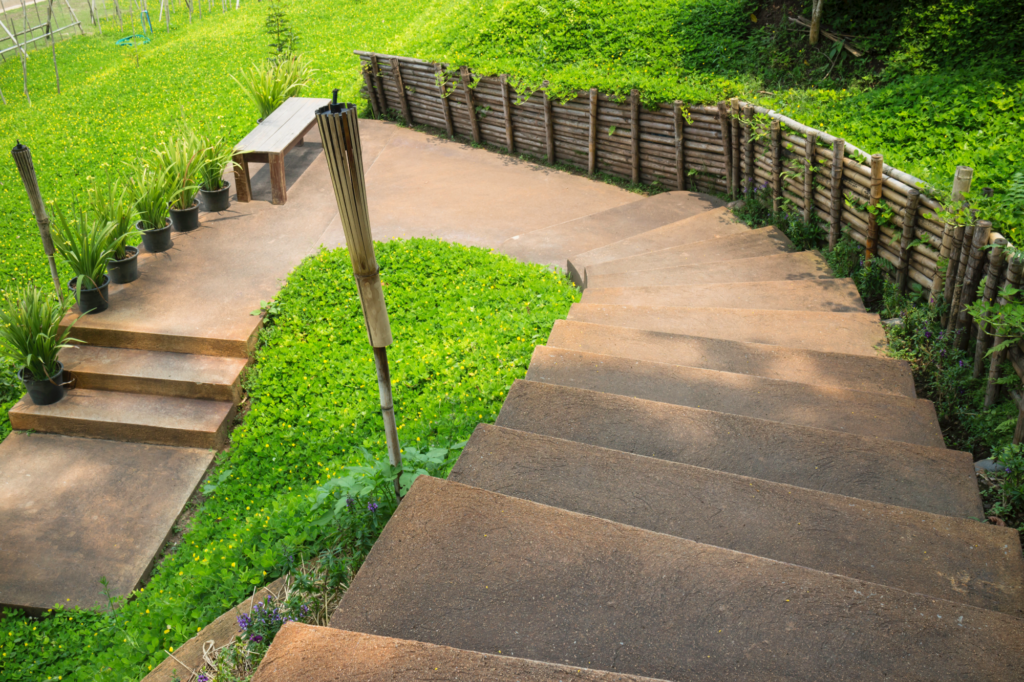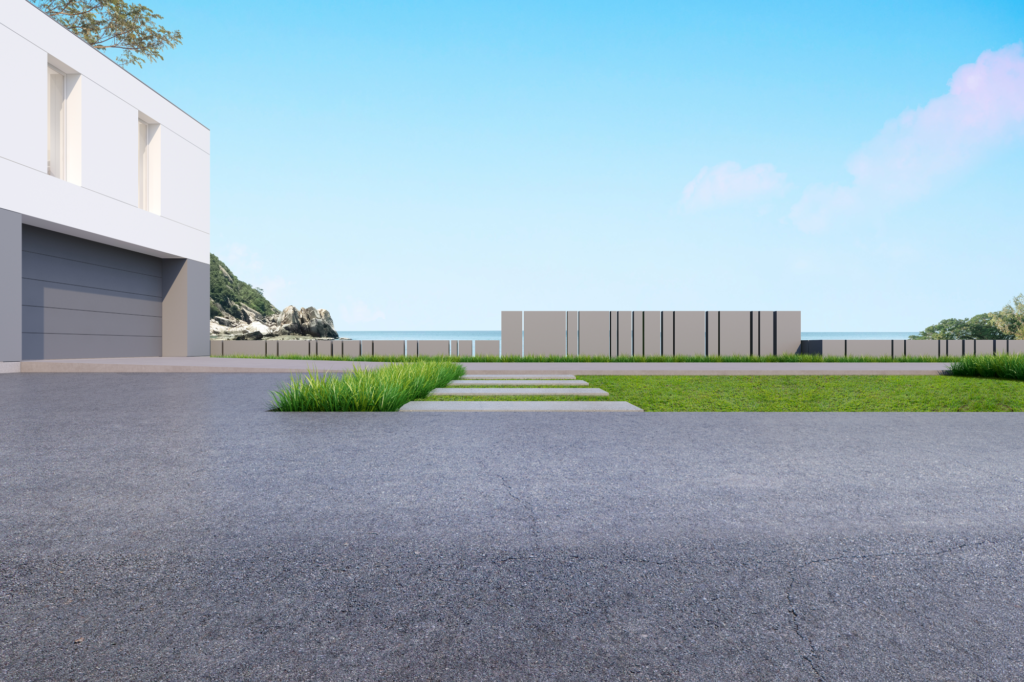Concrete is renowned for its strength and durability, making it a preferred building material for structures that need to withstand the test of time. Behind every resilient concrete structure lies the expertise and meticulous craftsmanship of skilled contractors. In this article, we’ll explore how contractors build with resilience in mind, ensuring that concrete structures are built to last for generations.
Robust Design and Engineering:
The resilience of a concrete structure begins with thoughtful design and engineering. Skilled contractors work closely with architects and engineers to develop plans that consider factors such as load-bearing capacity, seismic activity, and environmental conditions. By employing advanced modeling techniques and computer simulations, contractors can identify potential weaknesses and optimize the design to enhance resilience and longevity.

Comprehensive Analysis:
Before any concrete is poured, contractors conduct comprehensive analyses of the project requirements, environmental conditions, and potential hazards. They collaborate closely with architects, engineers, and other stakeholders to develop a thorough understanding of the project scope and objectives. By analyzing factors such as site topography, soil conditions, seismic activity, and climate patterns, contractors can identify potential challenges and opportunities early in the design phase.
Advanced Modeling Techniques:
In the digital age, contractors harness the power of advanced modeling techniques and computer simulations to optimize the design of concrete structures. Using sophisticated software programs, they create virtual models that simulate real-world conditions and analyze the behavior of concrete elements under various loads and stresses. This allows contractors to refine the design, identify potential weaknesses, and optimize structural performance before construction begins.
Customized Solutions:
No two construction projects are alike, and contractors understand the importance of tailoring their design approach to meet the unique needs and requirements of each project. Whether it’s a high-rise building, a bridge, a dam, or a transportation facility, contractors develop customized solutions that strike the right balance between functionality, aesthetics, and resilience. They leverage their expertise and experience to propose innovative design concepts and value-engineering solutions that optimize cost-effectiveness without compromising on quality or safety.
Sustainable Design Principles:
In an era of increasing environmental awareness, contractors prioritize sustainable design principles in their projects. They integrate strategies such as passive solar design, natural ventilation, and energy-efficient systems to minimize the environmental impact of concrete structures. Additionally, contractors explore alternative materials, such as recycled aggregates and supplementary cementitious materials, to reduce carbon emissions and conserve natural resources. By embracing sustainable design practices, contractors not only enhance the resilience of concrete structures but also contribute to the long-term sustainability of the built environment.
Continuous Improvement:
The field of design and engineering is constantly evolving, with new technologies, materials, and methodologies emerging regularly. Contractors are committed to staying abreast of the latest developments in the industry, attending workshops, seminars, and conferences to learn about cutting-edge techniques and best practices. By embracing a culture of continuous improvement, contractors ensure that their design and engineering capabilities remain at the forefront of innovation, allowing them to deliver resilient concrete structures that meet the evolving needs of their clients and communities.
High-Quality Materials:
The quality of materials used in construction has a significant impact on the resilience of a concrete structure. Contractors carefully select materials such as cement, aggregates, and reinforcement to meet or exceed industry standards. They source materials from reputable suppliers and conduct rigorous quality control checks to ensure consistency and reliability. By using high-quality materials, contractors can create concrete structures that are less susceptible to deterioration and degradation over time.
Proper Installation and Construction:
Proper installation is critical to the resilience of a concrete structure. Skilled contractors adhere to best practices and industry standards during the construction process, from site preparation to formwork, concrete placement, and finishing. They pay careful attention to factors such as curing time, temperature, and moisture levels to ensure that the concrete achieves optimal strength and durability. Additionally, contractors employ skilled labor and state-of-the-art equipment to minimize errors and ensure precision in every aspect of the construction process.

Reinforcement and Redundancy:
Incorporating reinforcement and redundancy measures is essential for enhancing the resilience of concrete structures, particularly in areas prone to natural disasters or extreme weather events. Contractors may use techniques such as reinforcing steel bars (rebar), fiber reinforcement, and post-tensioning to strengthen concrete elements and improve their ability to withstand forces such as bending, tension, and compression. Additionally, they may design structures with redundant systems and alternate load paths to mitigate the impact of localized damage and ensure overall structural integrity.
Maintenance and Preservation:
Even the most resilient concrete structures require regular maintenance and preservation to ensure their longevity. Contractors provide ongoing maintenance services such as cleaning, sealing, and repairing concrete surfaces to prevent deterioration from environmental factors such as moisture, chemicals, and freeze-thaw cycles. They also conduct periodic inspections to identify and address any signs of deterioration or structural deficiencies before they escalate into larger issues. By implementing proactive maintenance strategies, contractors help preserve the resilience and longevity of concrete structures for years to come.
Conclusion:
Concrete resilience is the result of meticulous planning, quality materials, expert construction, and proactive maintenance. Skilled contractors play a vital role in building resilient concrete structures that can withstand the challenges of time, weather, and usage. By incorporating robust design principles, high-quality materials, proper construction techniques, reinforcement measures, and proactive maintenance strategies, contractors ensure that concrete structures are built to last for generations, providing safe and reliable infrastructure for communities around the world. Contact us today to learn more about how our experienced contractors can help you build resilient concrete structures that stand the test of time.

